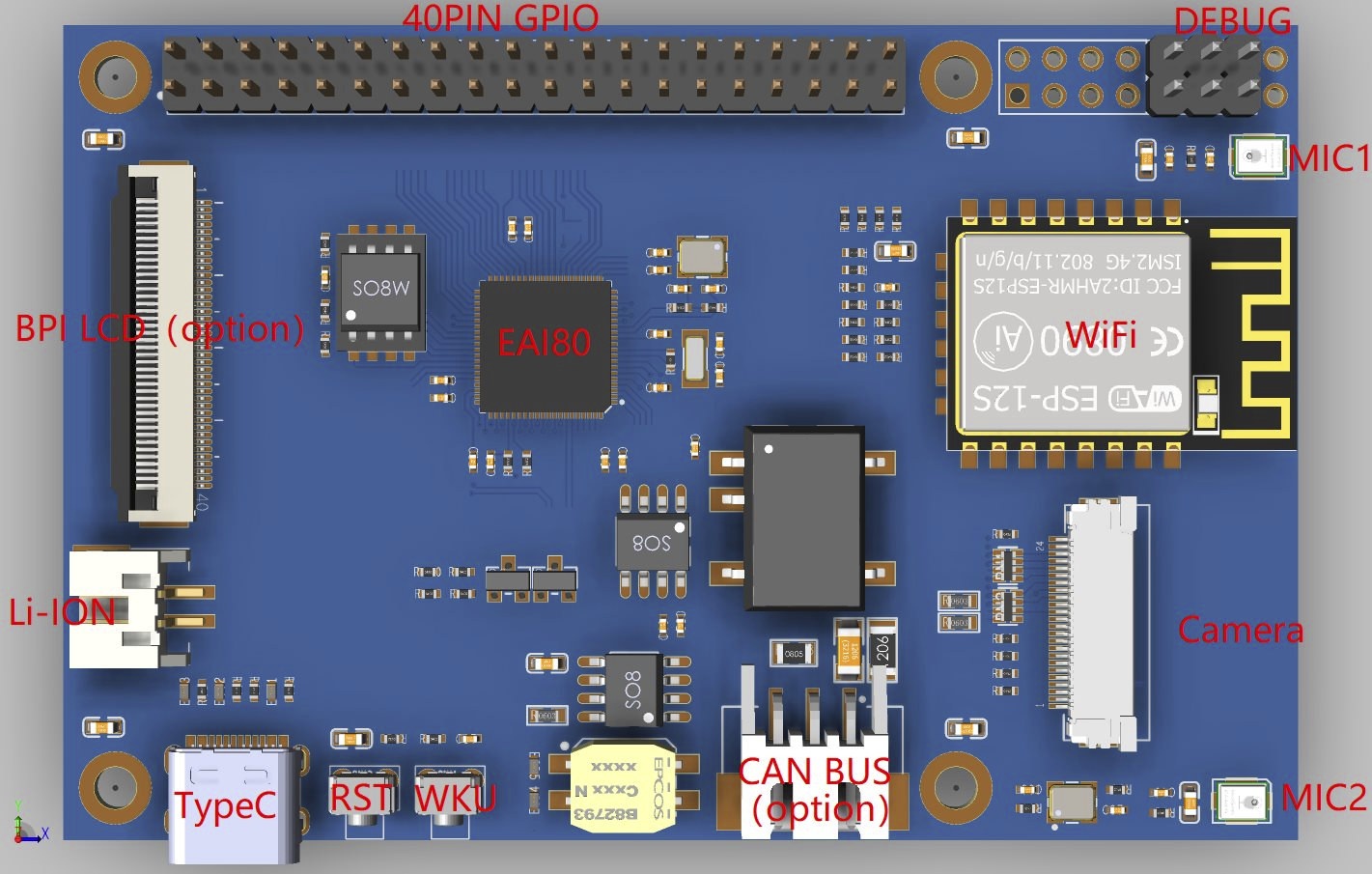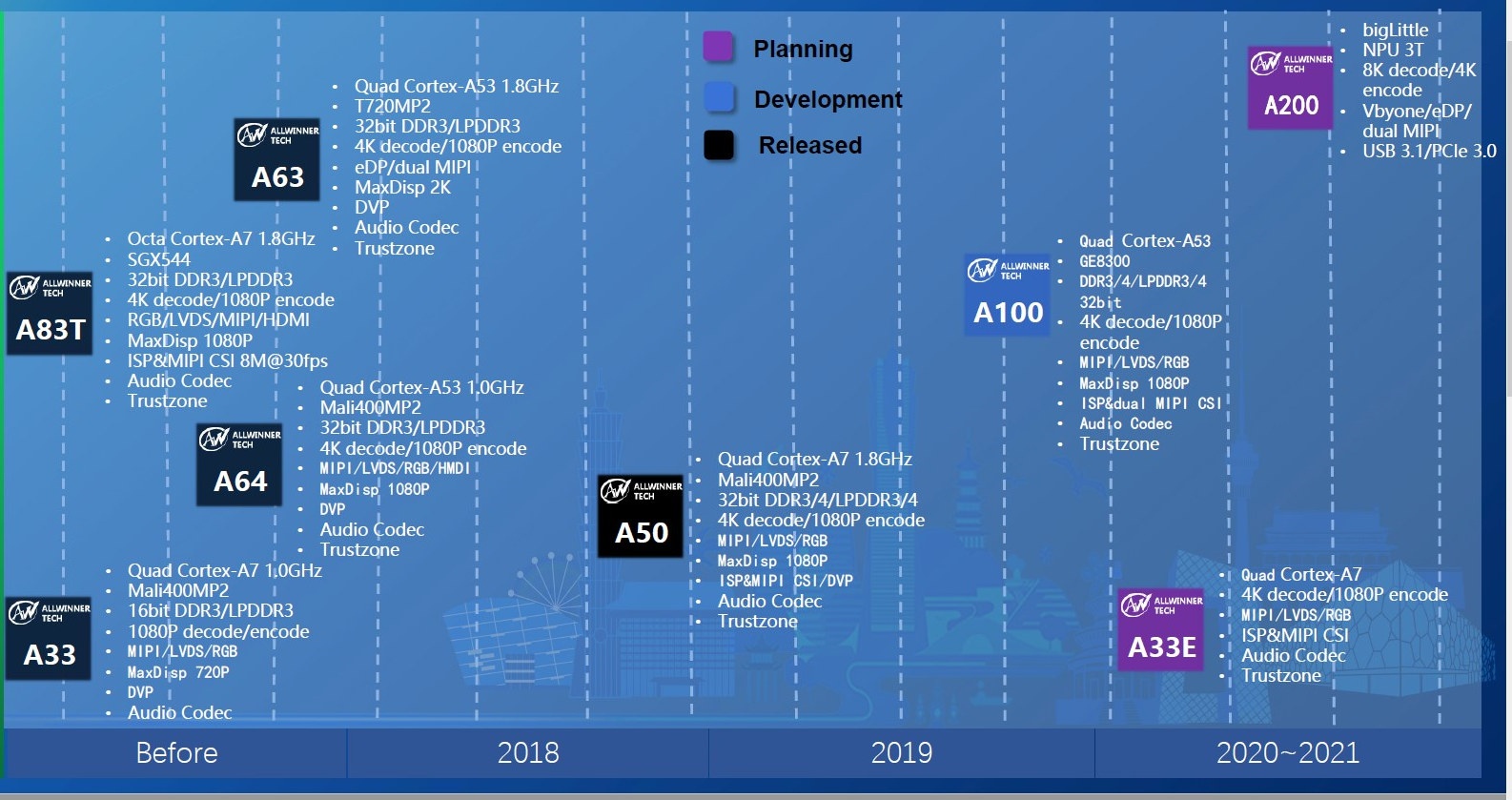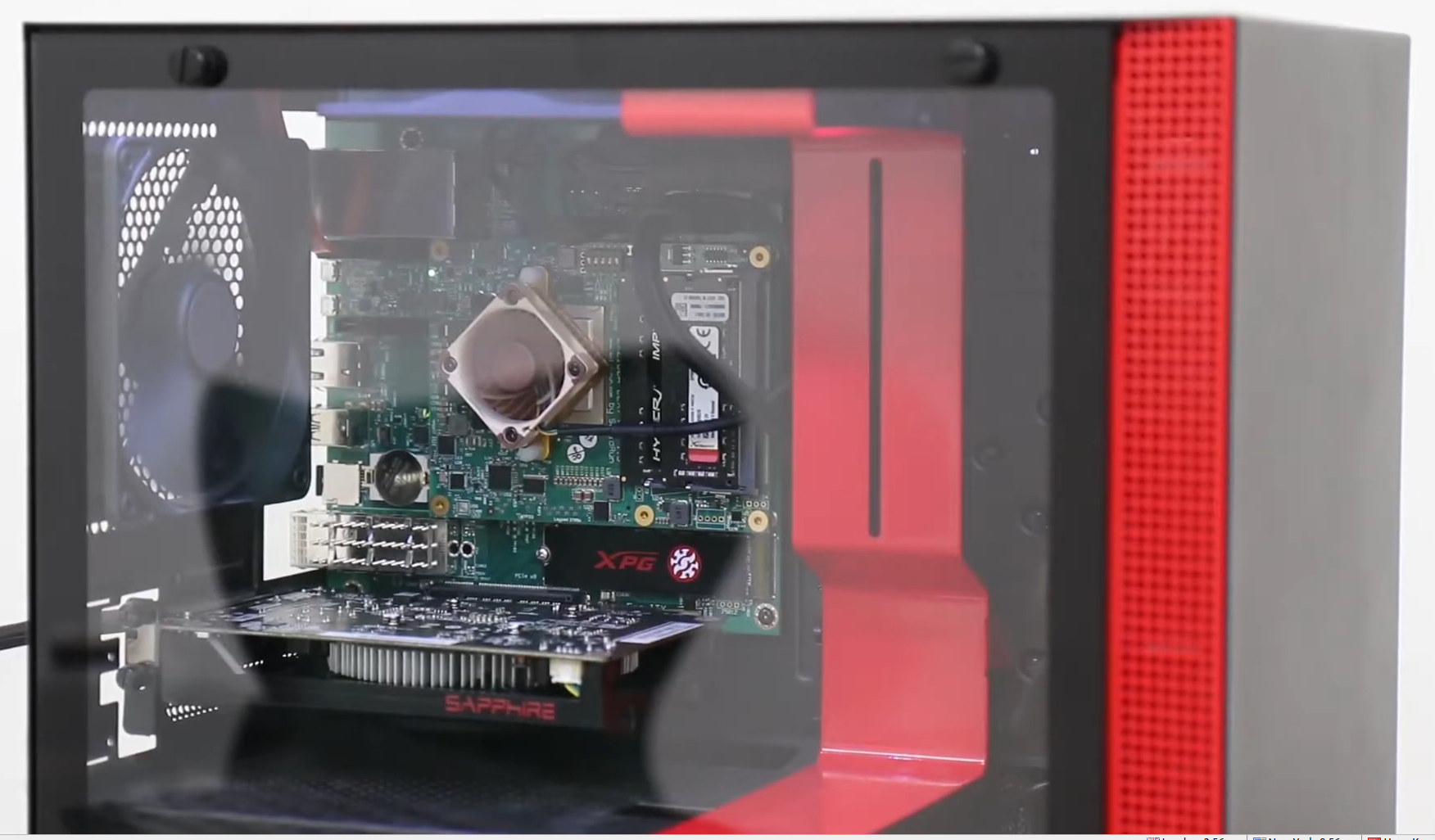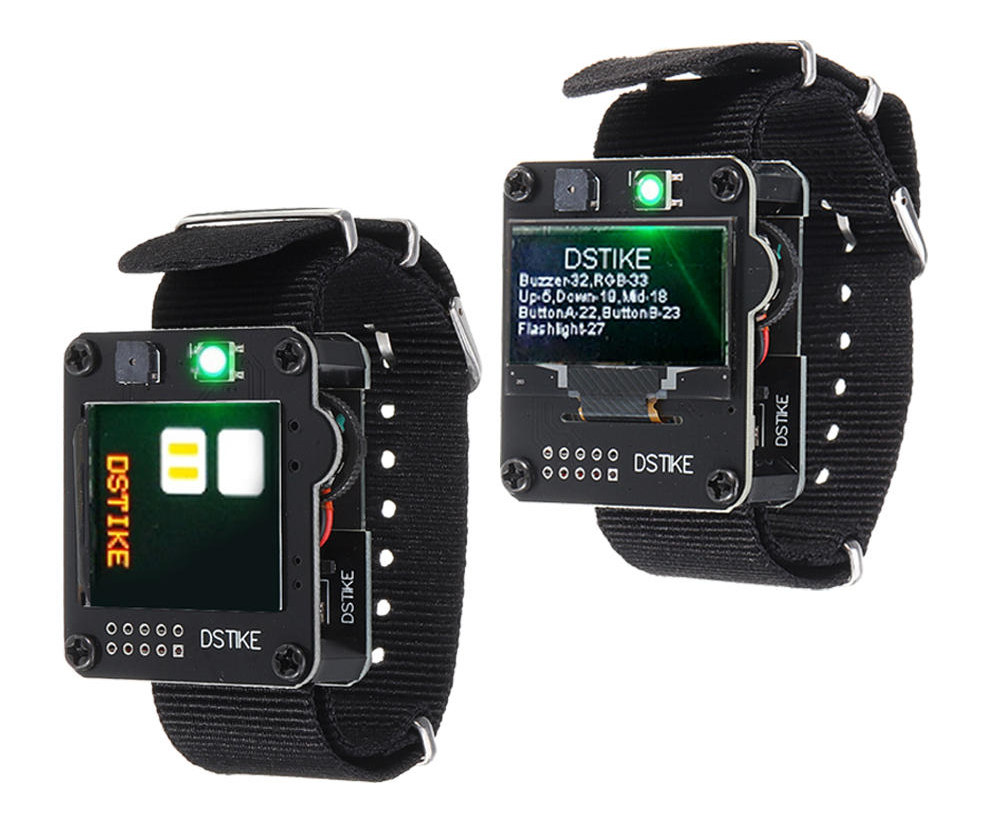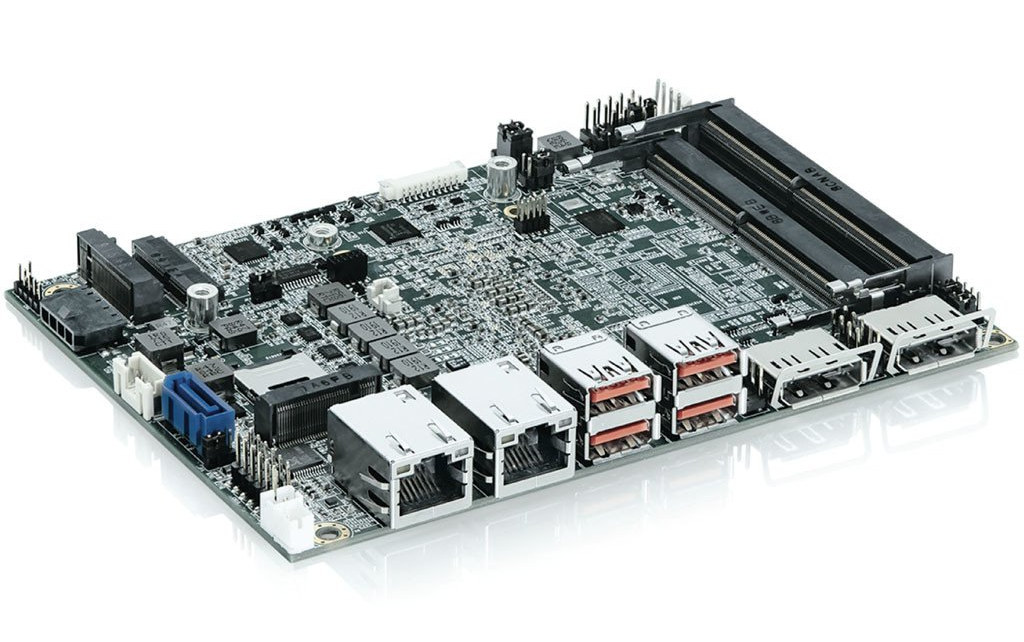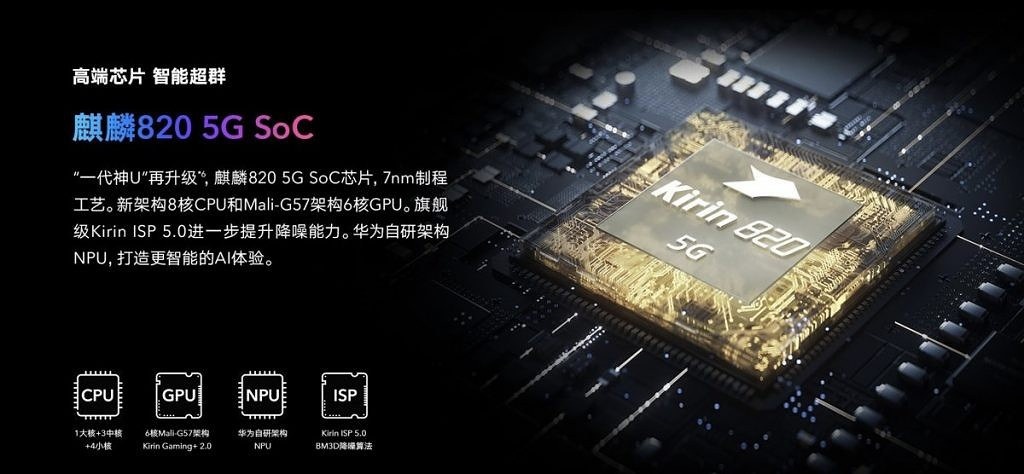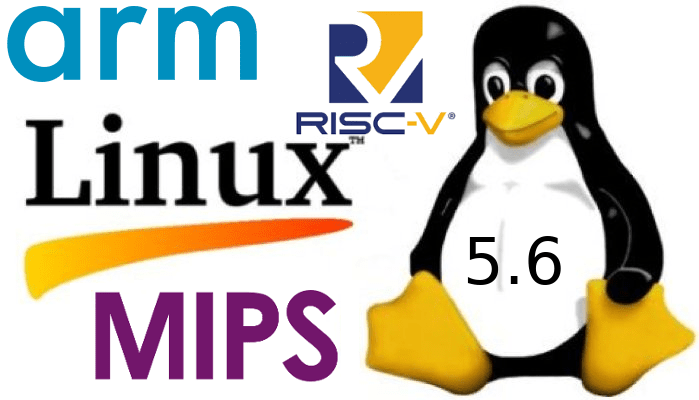Microcontrollers will have an important role to play in AIoT (AI + IoT) applications as they provide the lowest cost and power consumption. Performance is limited but we start seeing MCUs with AI accelerators such as GreenWaves GAP9 multi-core RISC-V microcontroller or Kendryte K210 RISC-V MCU with a KPU AI accelerator. Another option is by Edgeless Semiconductor Co. Ltd (零边界集成电路有限公司) based in Zhuhai, China, and more specifically its Edgeless EAI-Series dual-core Arm Cortex-M4 microcontrollers equipped with a 300 GOPS CNN NPU. Edgeless EAI specifications: CPU – Dual Arm Cortex-M4F @ up to 200Mhz, with DSP instructions, I/D cache for high performance; 500DMIPS/1.25DMIPS/MHz (Dhrystone2.1) AI Accelerator – CNN-NPU clocked at up to 300MHz with 300 GOPS peak throughput; 144MAC/cycle, EER up to 1TOPS/W, for image recognition scenario. Support major CNN Models including Resnet-18, Resnet-34, Vgg16, GoogleNet, Lenet, etc.. Support Convolutional kernel size 1~7 Support Channel/Feature No. up to 512 Support Max/Average […]
Allwinner A-Series Processors 2020-2021 Roadmap – Allwinner A33E, A100 and A200 SoCs
We previously discussed Allwinner business units where each can share the same silicon (with different a name) but maintains its own software stacks for different target applications. Allwinner A-Series is the most well-known as Allwinner A10 & A20 were very popular SoC for tablets and TV boxes many years ago. CNX Software received two slides that originated from Allwinner this morning. The first one shows the different Allwinner processor families, and the second provides a roadmap for A-Series processors for tablets with A33E, A100, and A200 coming this year and next. Let’s go through the Allwinner processor families first and their main use case: R-Series and MR-Series – Smart home applications A-Series – Tablets VR-Series – Virtual reality H-Series and F-Series- High-performance applications like multimedia (TV boxes) T-Series- Automotive, I suppose mostly infotainment V-Series – Camera SoCs XR/XIN-Series – Wireless chips like the infamous XR819 WiFi chip. AXP – PMIC […]
Select a Geiger Counter for your Phone to Survive the next Nuclear Catastrophe
It’s time to prepare! No, not for that COVID-19 thingie, it’s too late, but since 2020 has not started the best way we should prepare for all eventualities. It all started badly as I fell off my bicycle on New Year’s Eve, and it went south from there, from talks of World War Three in January to the thread of a virus pandemic that could kill millions worldwide, to the start of the first global great depression. 2020 will be the “year of doom“, and we should expect massive earthquakes, once in a hundred-year megatsunami that will wipe out entire cities, gigantic locust swarms in southern Europe, climate change-induced famine, a couple of large asteroids hitting the earth, and so on. But we should not forget the nuclear threat either via nuclear war or damaged nuclear reactors following natural disasters or terrorist attacks. One way to protect yourself and your […]
This is what HoneyComb LX2K 16-core Arm Workstation Looks Like (Video)
Back in February 2019, while referring to Arm server, Linus Torvalds famously said: I can pretty much guarantee that as long as everybody does cross-development, the platform won’t be all that stable. Or successful. … If you develop on x86, then you’re going to want to deploy on x86, because you’ll be able to run what you test “at home” (and by “at home” I don’t mean literally in your home, but in your work environment). … Which in turn means that cloud providers will end up making more money from their x86 side, which means that they’ll prioritize it, and any ARM offerings will be secondary and probably relegated to the mindless dregs (maybe front-end, maybe just static html, that kind of stuff). SolidRun had already worked on products with NXP LX2160A 16-core Arm Cortex A72 processor and found out it could be a match to make a powerful […]
DSTIKE ESP32 Watch Development Board Comes with OLED or TFT Display
In recent months several Espressif ESP32 watches have started to show up including TTGO-T wristband and Watchy with an e-Ink display. This morning, I’ve come across another option with DSTIKE ESP32 watch development kit that offers a choice of black & white OLED display or color TFT display, and has apparently been around for about a year. DSTIKE ESP32 watch devkit specifications: SoC – ESP32 dual-core Tensilica LX6 processor with Wi-Fi 4 and Bluetooth 5.0/5.1 connectivity Storage – MicroSD card Display (one or the other) 1.3 OLED I2C display (SH1106) TFT color display with 240 x 240 resolution (I2C + 2 I/O) Expansion – 10-pin header with TX/RX, GPIO 17 & 16 (I2C), SVP/SVN, GPIO 25 & 26 (DAC), GND, and 3V Misc – Power switch, navigation buttons, reset & flash buttons, buzzer, WS2812b RGB LED, “highlight LED” (backlight LED maybe), charging status LED Battery – 600 mAh battery Dimensions […]
Kontron 3.5″-SBC-WLU Single Board Computer Takes CNVi M.2 WiFi Cards
We first found out about Intel CNVi (Connectivity Integration Architecture) for WiFi in a block diagram for Gemini Lake processors in 2017. CNVi integrates a WiFi MAC, Bluetooth MAC, and Baseband Modem into the processor, and connect over a CNVio interface to a separate CRF (Companion RF) module handling the RF part. This allows overall cost & power savings and reduction in size. AFAIK, all new Intel desktop and mobile processors come with a CNVi block, but somehow only a few SBC’s are made with M.2 slot compliant with CNVi WiFi cards. But Kontron 3.5″-SBC-WLU single board computer powered by an Intel Whiskey Lake processor is one of those and features an M.2 E-key slot that supports Intel Integrated Connectivity (CNVi) WiFi & Bluetooth modules. Kontron 3.5″-SBC-WLU specifications: SoC (one or the other) Intel Core i7-8665UE quad-core processor @ up to 4.4 GHz with 8MB cache, Intel UHD Graphics 620; […]
HiSilicon Kirin 820 5G Platform Targets Mid-Range 5G Smartphones
5G connectivity used to be only found in premium smartphones, but there’s now been several 5G SoC introduced for mid-range 5G smartphones including Qualcomm Snapdragon 765/765G and MediaTek Dimensity 800. Huawei now has its own as the company’s unveiled Hisilicon Kirin 820 5G platform found in its latest Honor 30S at a launch event in China. Hisilicon Kirin 820 5G key features and specifications: CPU – 1x Cortex-A76 @ 2.36 GHz, 3x Cortex-A73 @ 2.22 GHz, 4x Cortex-A55 @ 1.84 GHz GPU- Arm Mali-G57 GPU (6 cores) with GPU Turbo and Kirin Gaming+ 2.0 NPU – 1-big Core ISP – Kirin ISP 5.0 with BM3D SLR image noise reduction, video dual-domain noise reduction, and support for 4K video capture at 60fps. Cellular Connectivity 2G/3G/4G/5G modem Dual-mode SA/NSA 5G Process – 7nm The new processor extracts 27% extra CPU performance compared to Kirin 810, a 38% graphics performance boost over Mali-G52 […]
Linux 5.6 Release – Main Changes, Arm, MIPS & RISC-V Architectures
Linus Torvalds has just announced the release of Linux 5.6 on the Linux Kernel Mailing List: So I’ll admit to vacillating between doing this 5.6 release and doing another -rc. This has a bit more changes than I’d like, but they are mostly from davem’s networking fixes pulls, and David feels comfy with them. And I looked over the diff, and none of it looks scary. It’s just slightly more than I’d have preferred at this stage – not doesn’t really seem worth delaying a release over. So about half the diff from the final week is network driver fixlets, and some minor core networking fixes. Another 20% is tooling – mostly bpf and netfilter selftests (but also some perf work). The rest is “misc” – mostly random drivers (gpio, rdma, input) and DTS files. With a smattering of fixes elsewhere (a couple of afs fixes, some vm fixes, etc). […]


